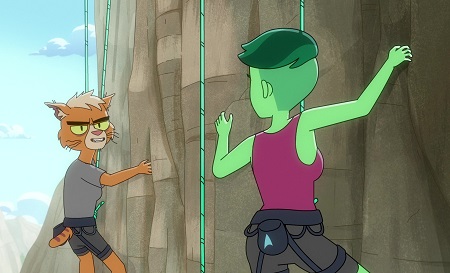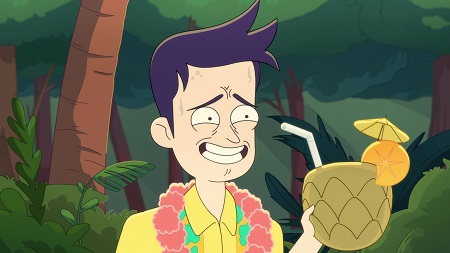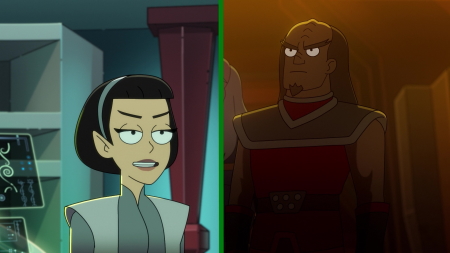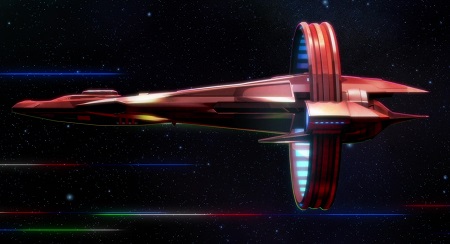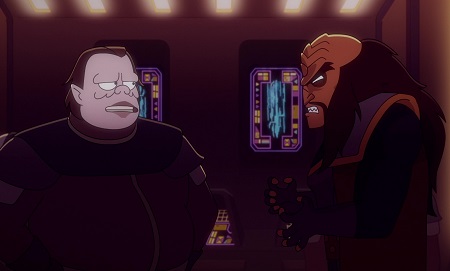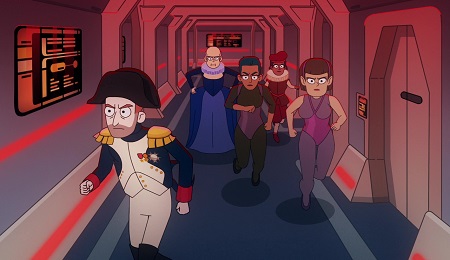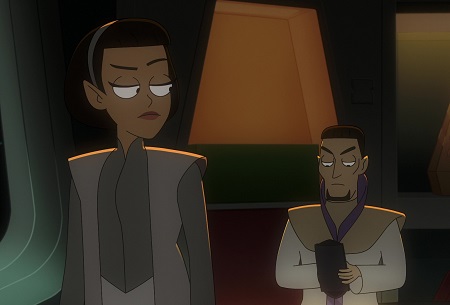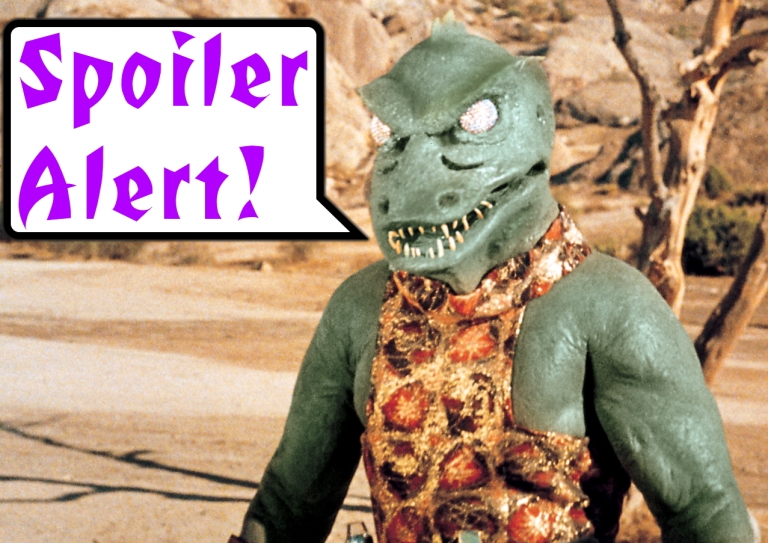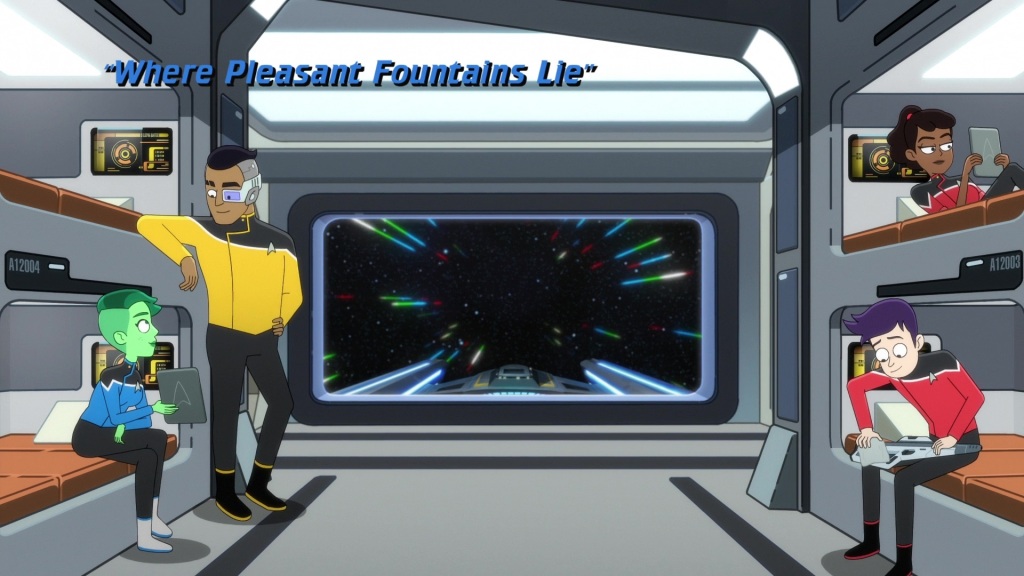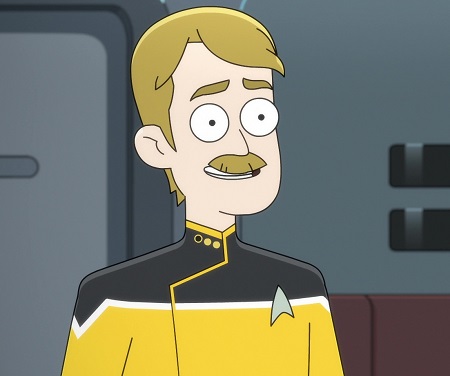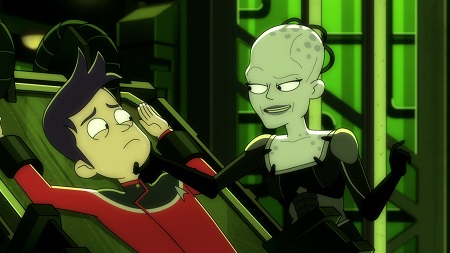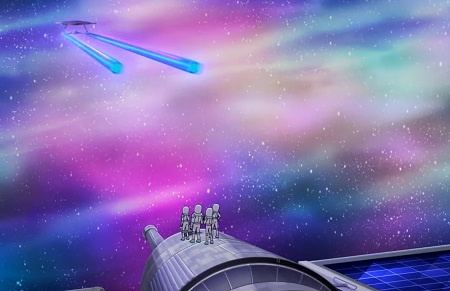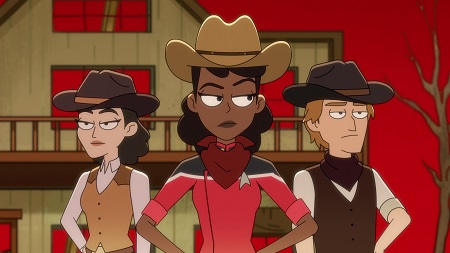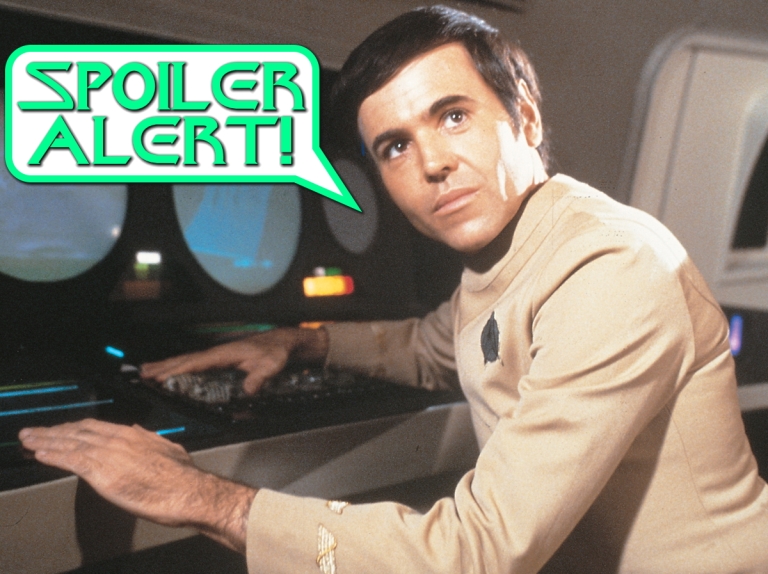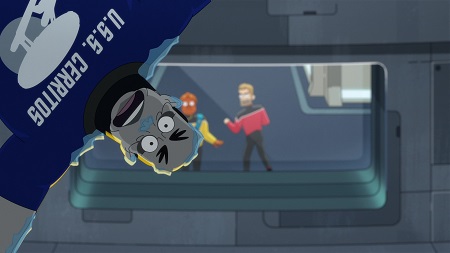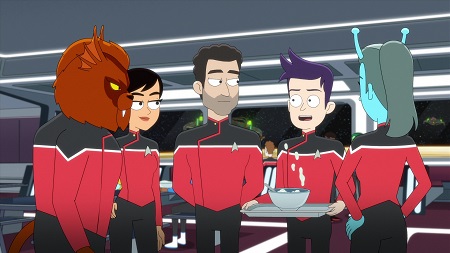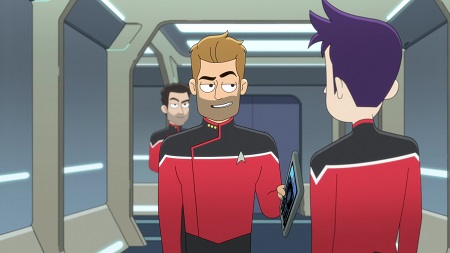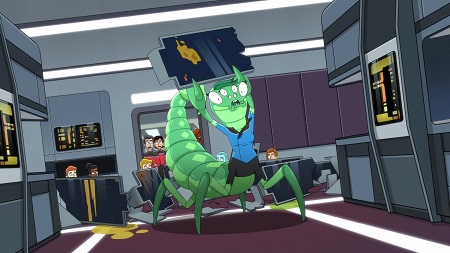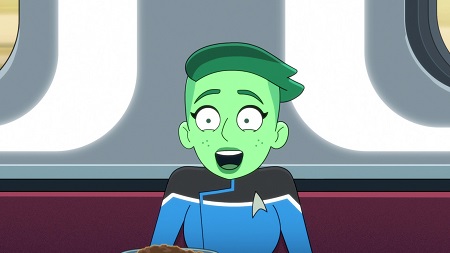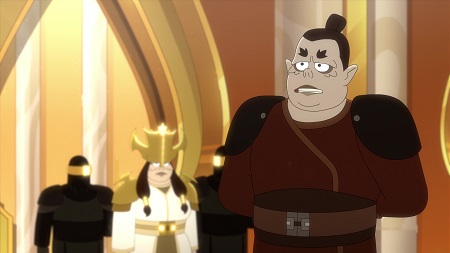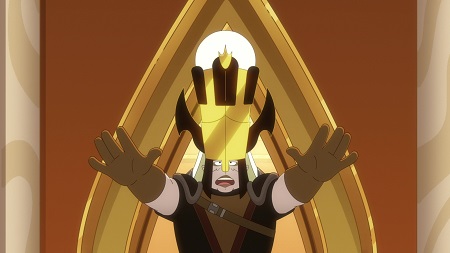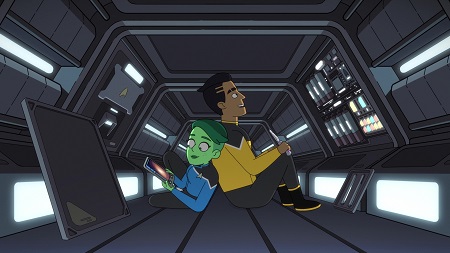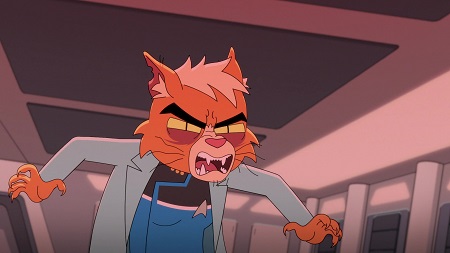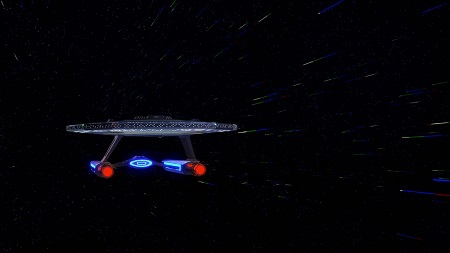The fallout from the atrocious and unfair Star Trek: Discovery decision rumbles on. The ViacomCBS share price continues to tumble in the wake of their truly awful decision to piss off most of the fans of their biggest franchise, the rollout of Paramount+ continues at a snail’s pace with no specific launch dates even entering the conversation, and unfortunately we’re now seeing some divisions in the fandom itself, with North American Trekkies pitted against those of us in the rest of the world as arguments break out over the series. What a stinking mess.
At time of writing, both Star Trek: Prodigy and Star Trek: Discovery are “Paramount+ exclusives” all across the world – meaning the shows are locked behind a paywall that fans can’t actually pay for because the incompetently-managed streaming service hasn’t launched in the vast majority of countries and territories. I feel even worse for Trekkies in Australia, Latin America, and Scandinavia in some ways, though, because although Paramount+ has already arrived there, Discovery Season 4 still hasn’t been made available. If you needed any more evidence that ViacomCBS is one of the worst-run corporations in the entire entertainment industry, look no further than that arbitrary nonsense.

But Prodigy and Discovery aren’t the only Star Trek shows in production at the moment. In 2022 Trekkies have been promised Star Trek: Picard Season 2, Strange New Worlds Season 1, and Lower Decks Season 3 at a minimum. In the wake of the truly selfish and awful Discovery decision, however, I can’t help but feel very nervous about each of those shows. Will Trekkies around the world be able to enjoy any new Star Trek in the months ahead? Or will we see repeat after repeat of the Discovery mess?
Strange New Worlds seems all but certain to be denied any kind of international streaming deal. If you’re hoping to see the series hit Netflix or Amazon Prime Video, you might as well forget it – it’ll be a Paramount+ exclusive for sure. What that means in effect is that anywhere in the world without Paramount+ will miss out on Strange New Worlds. That feels like such a sure thing right now that I’d put money on it.

Currently, Picard Season 2 is scheduled for a February premiere. If the season runs for ten episodes, as Season 1 did in 2020, it’ll conclude sometime in late April or early May, meaning that Strange New Worlds could debut anytime around then – and certainly well before the middle of the year. At present, the UK and parts of Europe are promised Paramount+ in “early 2022” – which could be before the Strange New Worlds premiere, but it could also be long after the show has kicked off in the United States. And unfortunately, many countries and territories in Asia, Africa, and the rest of the world have no planned launch for Paramount+ at all, which means it could be 2023 or later before the service launches there. If it survives that long.
I simply don’t believe the promises ViacomCBS has made of an “early 2022” launch. Paramount+ has been so poorly managed and so incompetently handled by the corporation that a delay to these plans feels inevitable, so I’m not betting on the service launching here before the end of 2022. But even if, by some miracle, ViacomCBS actually manages to launch Paramount+ on time in Europe, that could still mean Strange New Worlds and Picard Season 2 won’t be broadcast simultaneously with North America.

As mentioned, Paramount+ has already arrived in Australia, Latin America, and Scandinavia – and it isn’t exactly brand-new, they’ve had it since March. But despite that, Discovery Season 4 isn’t being shown there at the same time as it’s being shown in North America… so even being very generous to ViacomCBS and assuming that the incompetent morons manage to get Paramount+ to the UK and Europe in “early 2022,” that still doesn’t necessarily mean we’ll be able to watch any of the new shows on the damn thing.
As I discussed the other day, ViacomCBS paid Netflix a large sum of money to ensure that Discovery Season 4 wouldn’t be available around the world. If they had done nothing, the show would’ve come to Netflix under existing contracts and licenses – but the corporation chose to intervene, hoping to boost sign-ups to Paramount+ (though the backlash may have actually cost the platform subscribers thanks to a fan-led boycott campaign). What’s to stop ViacomCBS from doing the same thing with Amazon Prime Video, the current home of Lower Decks and Picard?

One of the stupidest and most offensive things about the Discovery decision is that Paramount+ is unavailable across most of the world. If ViacomCBS had pulled Discovery from Netflix because Paramount+ had already launched and they wanted to keep their own shows on their own platform, it would still be frustrating, and the timing would still be awful, but at least there’d be a vague logic to it. But because Paramount+ isn’t even available, the decision has locked the show behind a paywall that no one is able to pay for. Which, as I’ve argued on more than one occasion, means you have the absolute moral justification to pirate the series.
But this kind of decision could well be repeated. I doubt very much that Paramount+ will be available here in the UK by February, in time for Season 2 of Picard. And on current form, there’s nothing to stop ViacomCBS from doing to Amazon Prime Video what they’ve just done to Netflix – pulling the series from broadcast with days to spare. I don’t think it’s safe to assume we’ll be watching Picard Season 2 on Amazon Prime Video… let alone Lower Decks Season 3, which likely won’t be broadcast until later in the year.
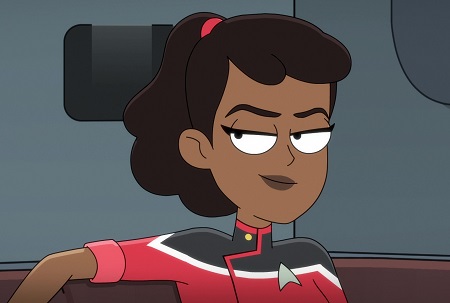
Rather than the Discovery mess being a one-time thing, I think as international fans we need to get used to the idea that, at least for the next year or so, watching Star Trek along with our North American friends may not be possible – or at least may not be possible via conventional methods. Picard Season 2 and Strange New Worlds Season 1 feel the most vulnerable, but realistically we’ll soon see the entire franchise disappear behind Paramount+’s paywall – regardless of whether Paramount+ is actually available.
I’d like to be proven wrong, of course, but I fear that this is the direction of travel for Star Trek as we move into 2022. This will not be a move free of long-term consequences for ViacomCBS. The corporation’s share price continues its fall, many Trekkies have pledged never to subscribe to Paramount+, and one of the biggest single pushes toward piracy since the advent of streaming will lead many fans and viewers to realise just how easy it is to pirate the latest episodes – making it even harder for Paramount+ to tempt them back in future.

As self-defeating as these plans may be, don’t expect to see ViacomCBS move away from them. And if you’re especially unlucky, living in a region of the world that ViacomCBS has apparently forgotten even exists, it may be the case that Paramount+ never arrives – or if it does it won’t be till 2023, 2024, or beyond. Star Trek has always told stories of people coming together – of a United Earth free from borders and division. But the ViacomCBS board haven’t even watched their own shows, or if they did the message went far over their shrivelled little profiteering heads.
I don’t want to be the bearer of bad news, but as I see it, the Discovery decision is just the first of many. Strange New Worlds, which has never had an international broadcaster announced, will certainly be a Paramount+ exclusive. Picard Season 2 and Lower Decks Season 3 could very easily follow the Discovery model and be pulled from Amazon Prime Video. And the rest of the Star Trek franchise? Currently the older shows are on Netflix, but the films aren’t. However, I wouldn’t bet on being able to watch any Star Trek series next year unless you have the DVD or are prepared to sign up for Paramount+.
The Star Trek franchise is the copyright of ViacomCBS. This article contains the thoughts and opinions of one person only and is not intended to cause any offence.





